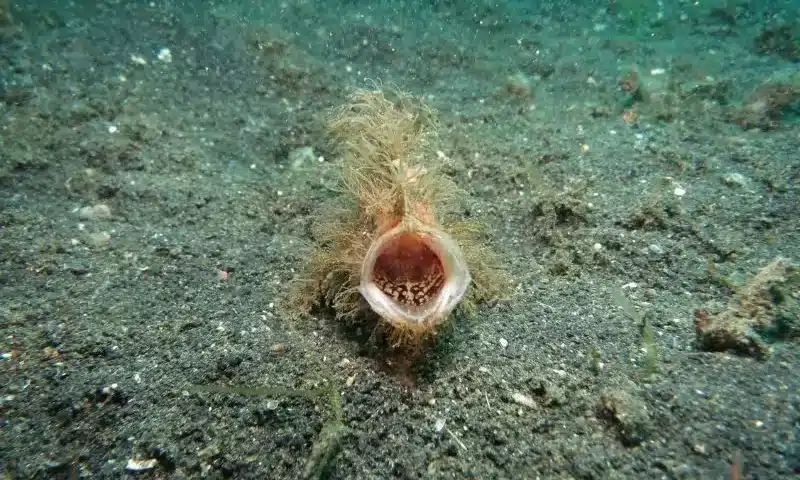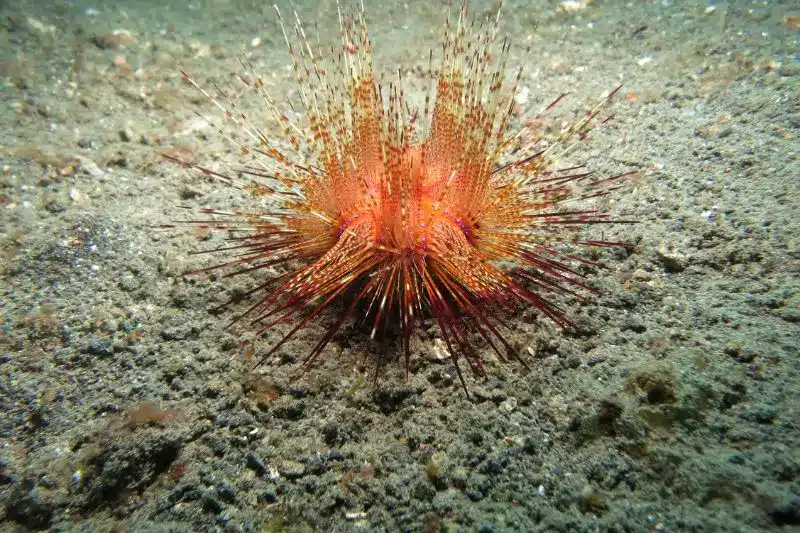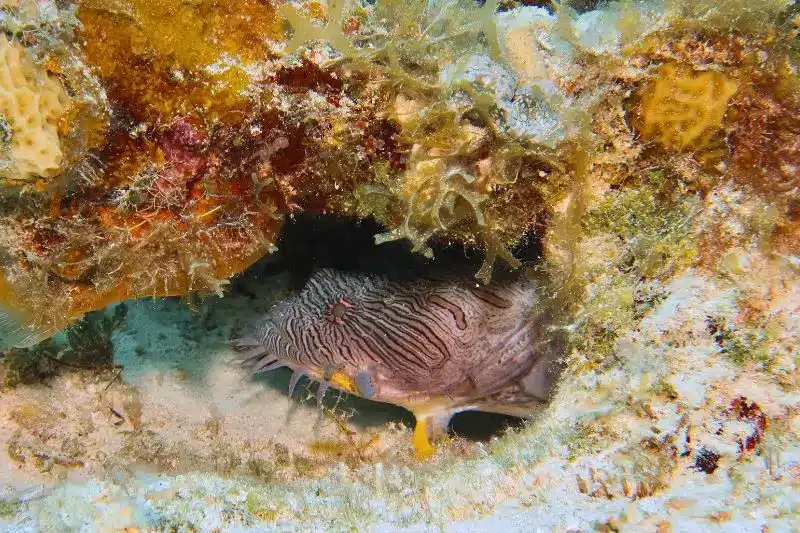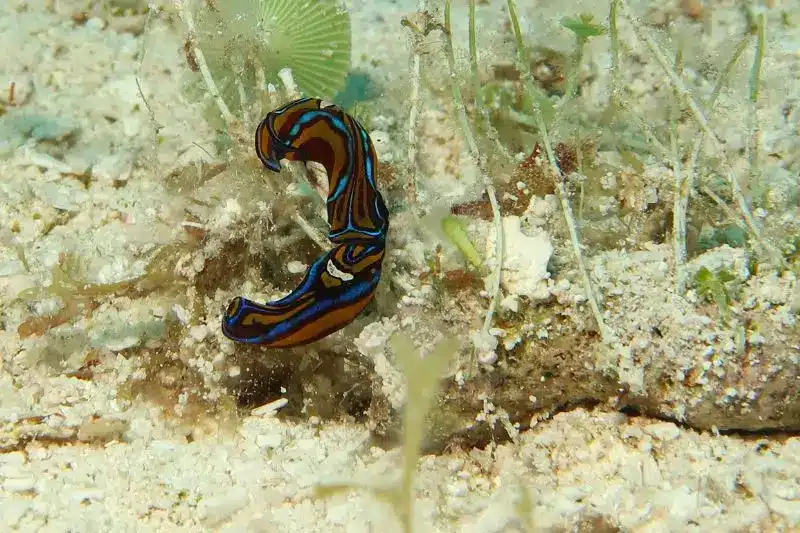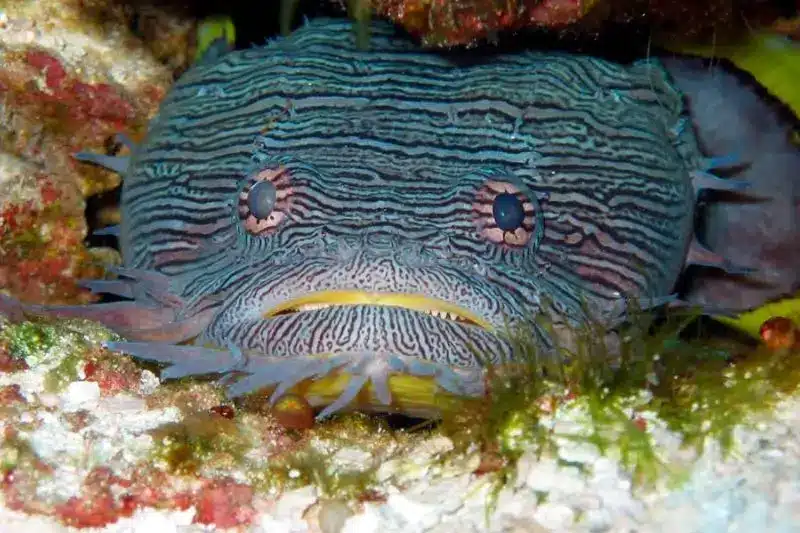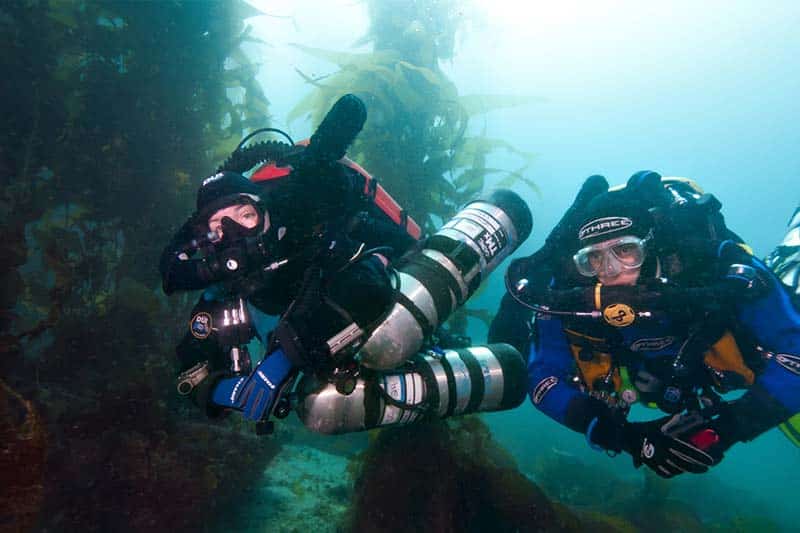Muck diving.
It sounds strange.
Some even think it’s dirty.
Like an invitation to roll in the mud.
Or to dive in sand and mud as if it were sand diving or mud diving.
And yes… in a way, it is.
But wait. This reminds me of the story of Buckley’s syrup in Canada in the 1980s.
Sales were terrible. You tried it, and it tasted awful. Until Peter Byrne flipped it around.
His tagline was:
“Tastes awful. And it works.”
They sold like crazy.
Why? Because people understood that, even if it wasn’t pleasant, it did exactly what it promised.
The same goes for muck diving. The name might not sound as glamorous as “diving on coral reefs” or “exploring mysterious shipwrecks.”
But if you want to see unique creatures,
Do underwater macro photography like a pro,
And discover marine life you’d never find on other types of dives…
It works.
Muck diving is like that.
It’s not about endless crystal-clear waters.
It’s about sandy, muddy bottoms… the kind that, if you search Google for what muck diving is or define muck, they’ll tell you it’s diving in unconventional habitats.
But it’s there, among old shells and debris, where the real gems appear:
Pygmy seahorses,
Frogfish,
Nudibranchs that look like works of art,
Octopuses that disguise themselves better than a Hollywood actor.




